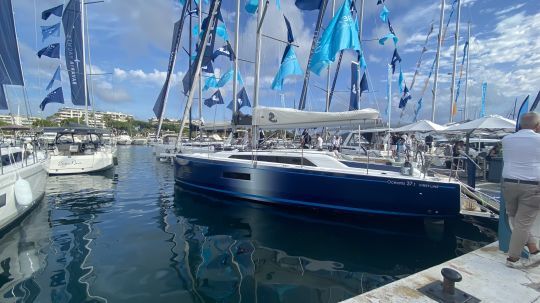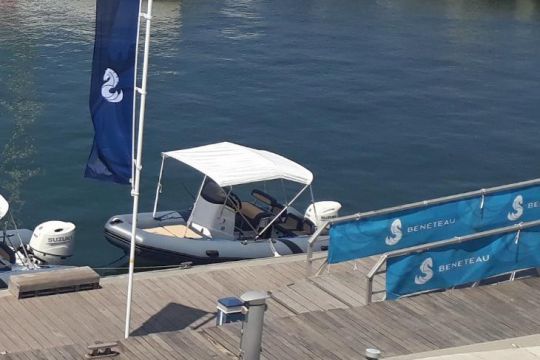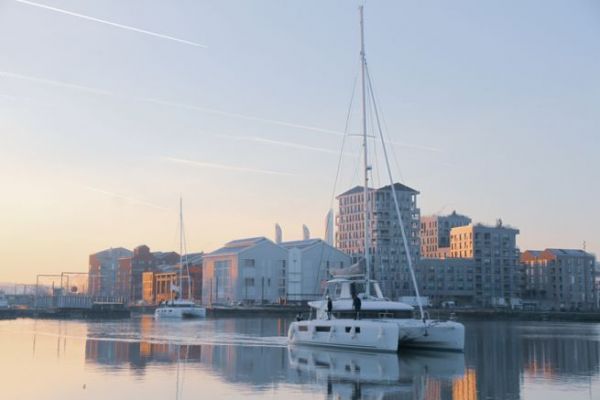Bruno Thivoyon, Managing Director of the Bénéteau Group, answers Boatindustry's questions on the latest news from the pleasure boat manufacturer.
What's the situation for the Bénéteau Group as it approaches the autumn boat shows?
We're back in the "real world". Covid is out of the picture, and supply tensions are back to a level that no longer disrupts industrial activities. After 3 1/2 years of madness, let's see what the "new normal" is
The Covid really slowed down the charter business and brought new customers into the boating world, with their own boats on trailers. We had to be more flexible in boat manufacturing.
The number of boats in stock in the networks is close to the pre-Covid level. It is higher in value, as prices have risen with inflation, and so has the range of boats.

What about the number of new models? Is it necessary for a manufacturer like the Bénéteau Group to maintain such a pace?
20 new models out of a total of 120 is a digestible pace from an industrial and commercial point of view, and it's what the market needs. We've done a lot of streamlining of the American brands, and opened up other segments elsewhere. We have the capacity to put the same energy into developing a 7-meter boat as we do a 24-meter boat. That's a strength when the market slows down, because we're able to smooth out market phenomena.
How are the Bénéteau Group's research programs being deployed?
When we embark on innovation, it's never a simple proof of concept, but part of an industrial preparation trajectory, as we're doing with Elium resins. The aim is to validate the solutions and their integration at industrial and commercial levels.
If we want innovation to advance, it has to start at the top end of the market, where price is not the main decision criterion. The higher you go, the more accessible it becomes, and volume can then drive prices down.
What about emerging markets like Asia and South America, and the local production that the Bénéteau Group was talking about a few years ago?
On the industrial front, we remain focused on what we do. With the assembly of plants in Portugal and Tunisia, and the development of Monfalcone, we can't do everything. Asia and Brazil are up-and-coming markets, but without a local yachting history. Importing new boats into South America is complicated by taxes, and establishing a local presence without critical mass is problematic. For the moment, the Brazilian site is leased.

You're not involved in the RIB market. Is that a choice?
The RIB remains a low-value proposition, given that you have to buy the motor and the tire. We can't provide the added value of a place to sleep, which takes us away from our offerings.
The Group's press conference was very masculine. What is the Group doing to attract women into its management?
This is part of our CSR B Sustainable strategy, which is not just about the environment. In particular, we have launched the Women Leader initiative. The idea is to better balance the role of women in the organization. We have bridges that work well between the different roles, with several women plant managers. Unfortunately, there is a sociological aspect, linked to our industry and also to the fact that there are fewer candidates.
To conclude, how do you see prices evolving in the future, after the sharp rises of recent years?
Used boat inventories are fairly low, and new boats are back to normal levels. Used boat prices are quite high. The structural consequences for the market are hard to predict. With prices having risen by 20 to 25% and interest rates multiplied by 4 or 5, I'm expecting prices to remain stable.

 /
/ 



















